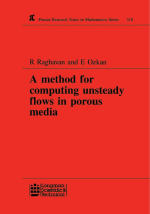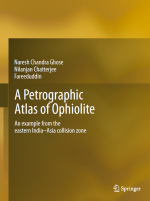A distal fragment of a radius of Azhdarchidae indet. from Upper Campanian (Upper Cretaceous) marine deposits of Saratov is described. The bone belongs to a large pterosaur, of about 4.3 m wing span. It differs from the radii of Azhdarcho, Montanazhdarcho, and cf. Quetzalcoatlus in the asymmetrical distal epi-physis and, in addition, from Montanazhdarcho and cf. Quetzalcoatlus in the absence of a pneumatic foramen on the posterior side. In its geographical and stratigraphical positions, this specimen is close to the azhdarchid Bogolubovia orientalis (3–4 m in wing span), known from a fragmentary cervical vertebra from the Campanian of the Penza Region, and may belong to this species.













